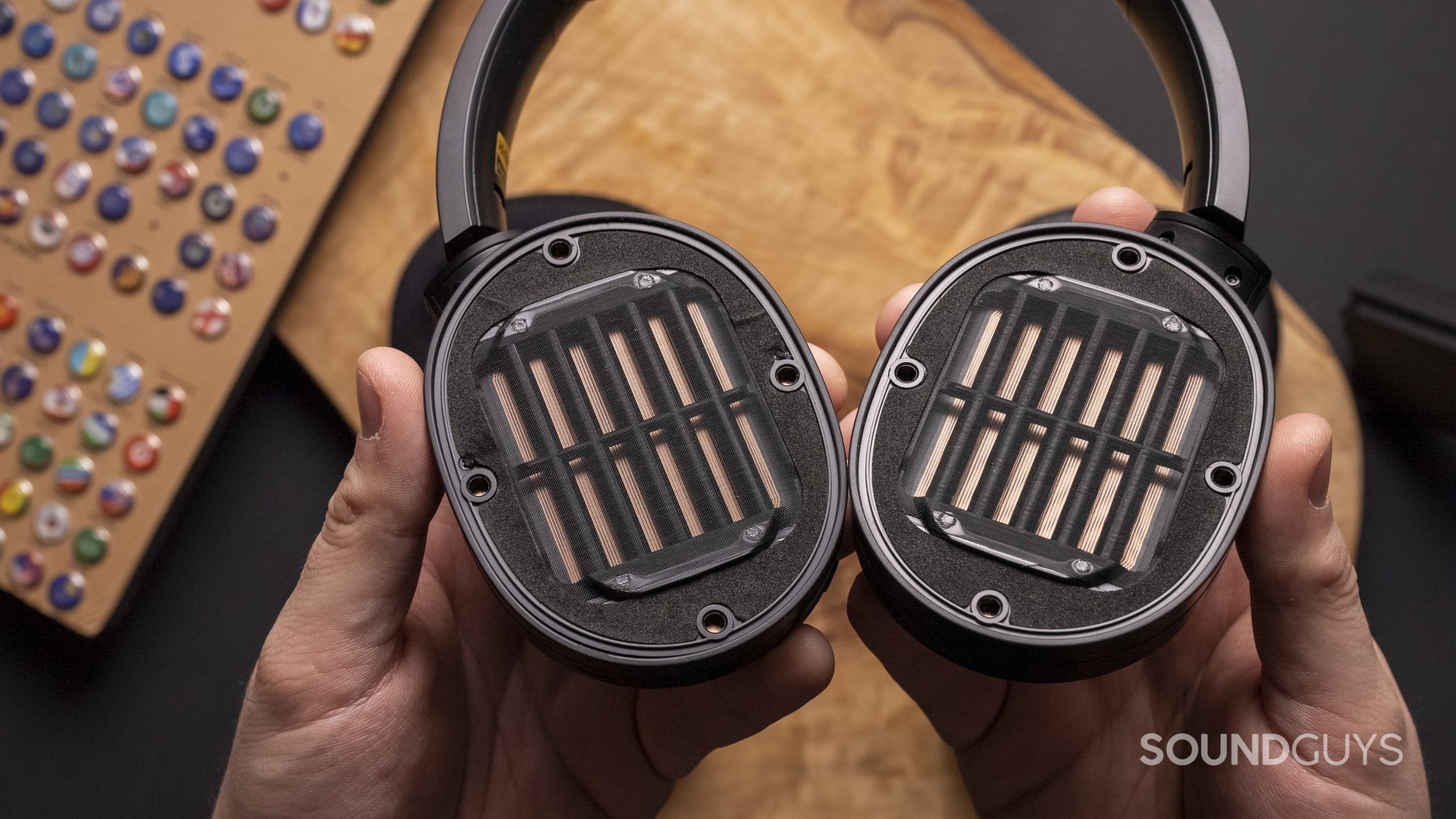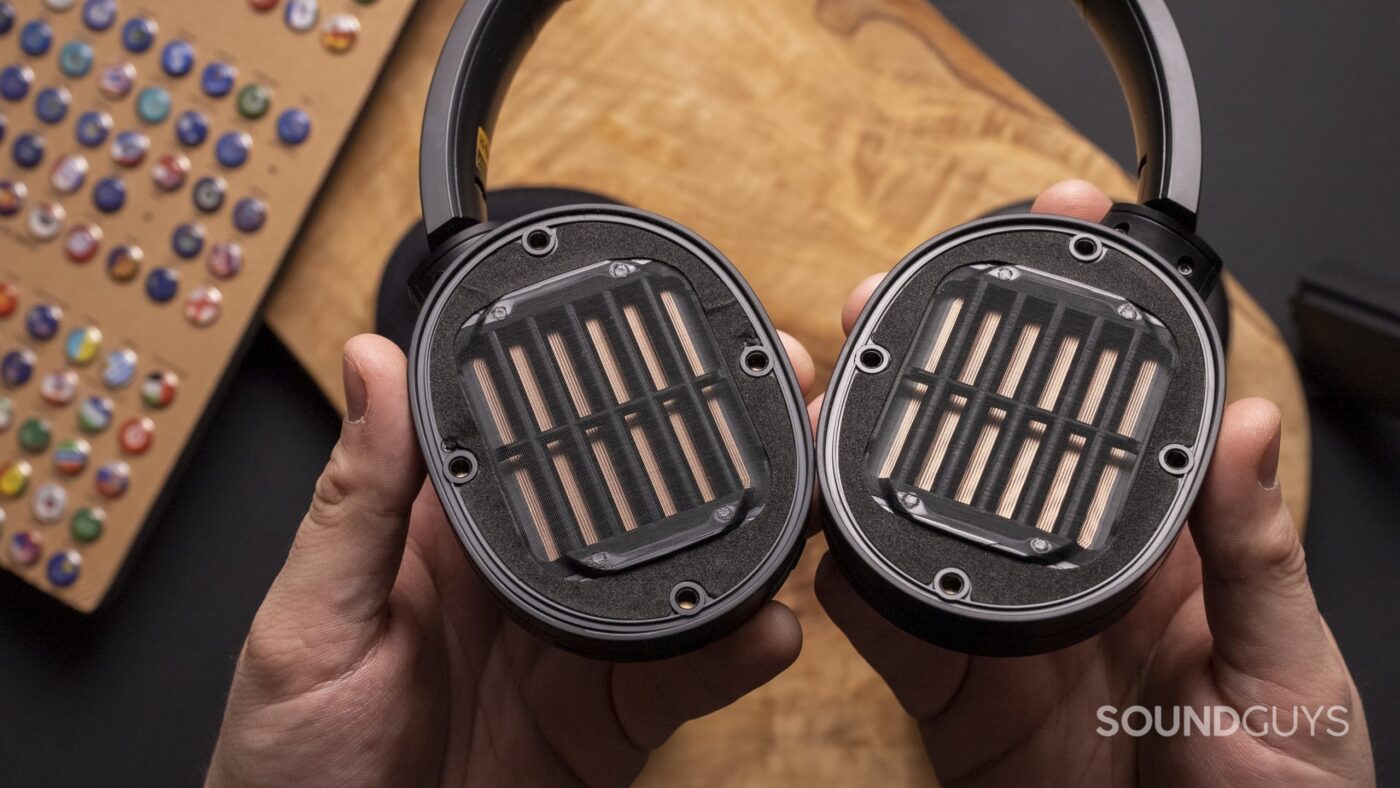Headphone Audio Drivers Explained: A Comprehensive Guide
When shopping for headphones, whether you’re a casual listener or an audiophile, one of the most crucial aspects to consider is the audio driver. The audio driver is at the heart of your headphones’ sound production. Understanding how these drivers work and the different types available can help you make an informed decision about which headphones to purchase. In this guide, we’ll explore what headphone audio drivers are, the different types, and how they impact sound quality.

What Are Headphone Audio Drivers?
At its core, an audio driver is a device within a headphone that converts an electrical signal into sound. Think of it as the “engine” that powers the audio experience. The electrical signal, which comes from your music player or phone, is turned into vibrations by the driver, which in turn produces sound waves that you hear.
While the concept may seem simple, the design and technology behind audio drivers are incredibly complex. The size, materials, and configuration of the driver directly impact the quality of sound you experience.
Key Components of Audio Drivers
An audio driver typically consists of the following components:
- Diaphragm: A thin membrane that vibrates to produce sound waves.
- Voice Coil: A coil of wire that moves the diaphragm in response to an electric signal.
- Magnet: A permanent magnet that interacts with the voice coil to produce movement.
- Frame: The outer housing that holds the components together and allows for sound output.
The combination of these elements, along with the design of the driver itself, plays a huge role in determining the sound signature of your headphones.
Different Types of Headphone Audio Drivers
Not all headphone drivers are created equal. Different types of drivers are designed to deliver distinct sound characteristics and cater to various listening preferences. Below, we’ll dive into the most common types of drivers used in modern headphones.
1. Dynamic Drivers
Dynamic drivers, also known as moving coil drivers, are the most commonly used in consumer headphones. These drivers rely on a magnet, voice coil, and diaphragm to create sound. The voice coil moves within the magnetic field, causing the diaphragm to vibrate and produce sound waves.
Pros:
– Rich bass: Dynamic drivers are known for delivering deep, punchy bass.
– Affordability: Because of their simplicity, dynamic drivers are more cost-effective to produce.
– Versatility: Found in a wide range of headphones, from budget models to high-end audio gear.
Cons:
– Less detail: They can sometimes lack the precision and clarity of other driver types, especially in the higher frequencies.

2. Balanced Armature Drivers
Balanced armature drivers are typically found in in-ear monitors (IEMs) and other compact headphones. Unlike dynamic drivers, balanced armature drivers don’t rely on a diaphragm to create sound. Instead, they use a small armature suspended between magnets. When an electrical signal passes through the armature, it moves and vibrates to produce sound.
Pros:
– Compact size: These drivers are small, making them ideal for in-ear monitors and earbuds.
– Clear mids and highs: Known for offering excellent clarity, especially in the midrange and treble frequencies.
– Multiple drivers: Many high-end IEMs use multiple balanced armature drivers to separate different frequency ranges, resulting in a more detailed sound.
Cons:
– Limited bass: Balanced armature drivers typically don’t produce as much bass as dynamic drivers.
– Higher cost: Due to their complex design, headphones with balanced armature drivers tend to be pricier.
3. Planar Magnetic Drivers
Planar magnetic drivers are a more advanced type of driver used in high-end headphones. These drivers use a thin, flat diaphragm that is suspended between two magnetic fields. The diaphragm itself has electrical conductors attached to it, and when an audio signal is passed through, the diaphragm moves, producing sound.
Pros:
– Incredible sound clarity: Planar magnetic drivers are known for delivering exceptionally clear sound, with a balanced and precise response across all frequencies.
– Consistent bass: The diaphragm’s design allows for tight and accurate bass reproduction.
– High efficiency: Planar magnetic headphones are often more efficient than dynamic drivers, meaning they can produce high-quality sound with less power.
Cons:
– Bulky: Planar magnetic drivers require larger ear cups to house the large diaphragm, which can make these headphones heavier and less portable.
– Cost: Due to the complex technology and materials used, planar magnetic headphones are typically more expensive.
4. Electrostatic Drivers
Electrostatic drivers are found in some of the highest-end headphones available. These drivers use an extremely thin diaphragm that is electrically charged and suspended between two electrodes. When an audio signal passes through, the diaphragm moves and produces sound. Electrostatic drivers are the most accurate in terms of sound reproduction, but they also require an external amplifier.
Pros:
– Exceptional detail and accuracy: Electrostatic drivers produce a sound that is incredibly transparent, with no distortion or coloration.
– Lightweight: Despite their advanced technology, electrostatic headphones are often lighter than planar magnetic models.
Cons:
– Expensive: Electrostatic headphones can be extremely costly.
– Require a dedicated amplifier: These drivers need a special electrostatic amplifier to power them, which adds to the overall cost and setup complexity.
5. Hybrid Drivers
Hybrid drivers combine two or more of the above driver technologies in a single headphone. For example, some headphones use a dynamic driver for bass and a balanced armature driver for midrange and treble frequencies. These hybrids aim to provide the best of both worlds: rich bass with clear mids and highs.
Pros:
– Optimized sound: Hybrid drivers can deliver a more balanced sound profile by using different drivers for different frequency ranges.
– Versatility: Hybrid drivers offer a combination of bass-heavy sound with clear, precise treble.
Cons:
– Complexity: The integration of multiple drivers can lead to a more complicated design, potentially leading to issues like driver mismatch.

How Headphone Audio Drivers Affect Sound Quality
The quality of the audio driver is one of the primary factors influencing the sound signature of headphones. Here are the key elements of sound that the driver influences:
- Bass: Drivers with a larger diaphragm or more powerful magnet tend to produce deeper, richer bass sounds.
- Midrange: Balanced armature drivers excel at delivering clear mids, which are crucial for vocal and instrumental clarity.
- Treble: Planar magnetic and electrostatic drivers are known for their superior high-frequency response, offering sparkling treble and sharp clarity.
Sound Signature and Personal Preference
The type of driver used in headphones directly influences the sound signature, which refers to the overall tonal balance. For example, headphones with dynamic drivers often have a warm sound with prominent bass, while balanced armature headphones are known for their bright, detailed sound.
Choosing the right driver depends on your listening preferences. Audiophiles who prioritize sound accuracy may prefer planar magnetic or electrostatic drivers, while casual listeners might find dynamic drivers sufficient for their needs.
FAQs About Headphone Audio Drivers
1. Do more drivers always mean better sound?
Not necessarily. While headphones with multiple drivers (like hybrid designs) can offer a more balanced sound, the quality of the drivers matters more than the quantity. A well-designed single driver can outperform multiple low-quality drivers.
2. Which driver type has the best bass?
Dynamic drivers generally provide the most punchy, deep bass. If you’re a bass lover, headphones with dynamic drivers are usually your best bet.
3. Can I use electrostatic headphones without an amplifier?
No. Electrostatic drivers require a dedicated amplifier to operate properly, as they have a very high impedance and require more power than standard drivers.
4. What type of driver is best for gaming?
For gaming, many people prefer dynamic drivers for their full, immersive sound. However, balanced armature or hybrid drivers can offer excellent clarity for in-game sounds like footsteps or dialogue.
5. How can I tell which driver is in my headphones?
You can often find this information in the product specifications or user manual. If you’re unsure, the manufacturer’s website or product listings may also provide details about the driver technology used in the headphones.
Conclusion
Understanding headphone audio drivers is essential for choosing the right pair to suit your needs. Whether you’re seeking rich bass, clear mids, or an accurate high-frequency response, the type of driver inside your headphones plays a pivotal role in shaping the sound quality. By considering the different driver technologies and how they influence audio characteristics, you
can make a more informed decision and enjoy an optimized listening experience.
If you’re looking for top-quality headphones, it’s important to know what you’re getting under the hood. Pay attention to the type of driver, and make sure it aligns with your audio preferences.

